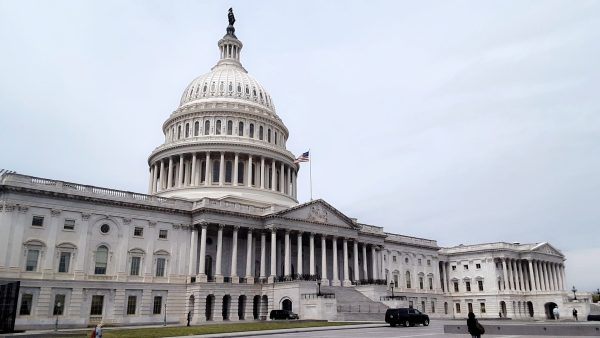On the brink of a government shutdown, Congress struck a “deal” in the 11th hour, temporarily halting this closure. The House and Senate signed a bipartisan agreement, sending President Biden a bill to keep the government funded until November 17th, 2023. The bill includes National Flood Insurance, providing $16 billion for natural disaster funding and keeping the FAA(Federal Aviation Administration) operating. However, the bill left out border security and 30% of spending for most government agencies. A government shutdown happens when the legislative branch does not pass key bills, which causes some of the government programs to shut down. Currently, America has had 20 government shutdowns. Counterintuitively, government shutdowns are costly. In 2023, a shutdown cost the government $2 billion dollars. One of these government programs includes Head Start programs, and as many as 10,000 children will lose access to these programs. In the last 40 years, the government has shut down 20 times, and this leaves the question: why were we even in this position in the first place to have a government shutdown?

The republicans party, under the threat of blame for this government shutdown, has had increased tensions with their democratic counterparts. House Speaker Kevin McCarthy pushed for the bill despite facing major backlash from fellow Republicans. Many Republicans opposed the bill because they did not support the six billion dollar aid aimed at Ukraine. This leaves the looming questions about Congress’s ability to pass assistance for Ukraine following President Zelensky’s visit to Capitol Hill, warning that his country would lose the war without more aid. The Department of Defense no longer has funds for Ukraine Security Assistance. For the first time in history, a house speaker was ousted in a historic vote; Rep. McHenry will now serve as the temporary speaker.













